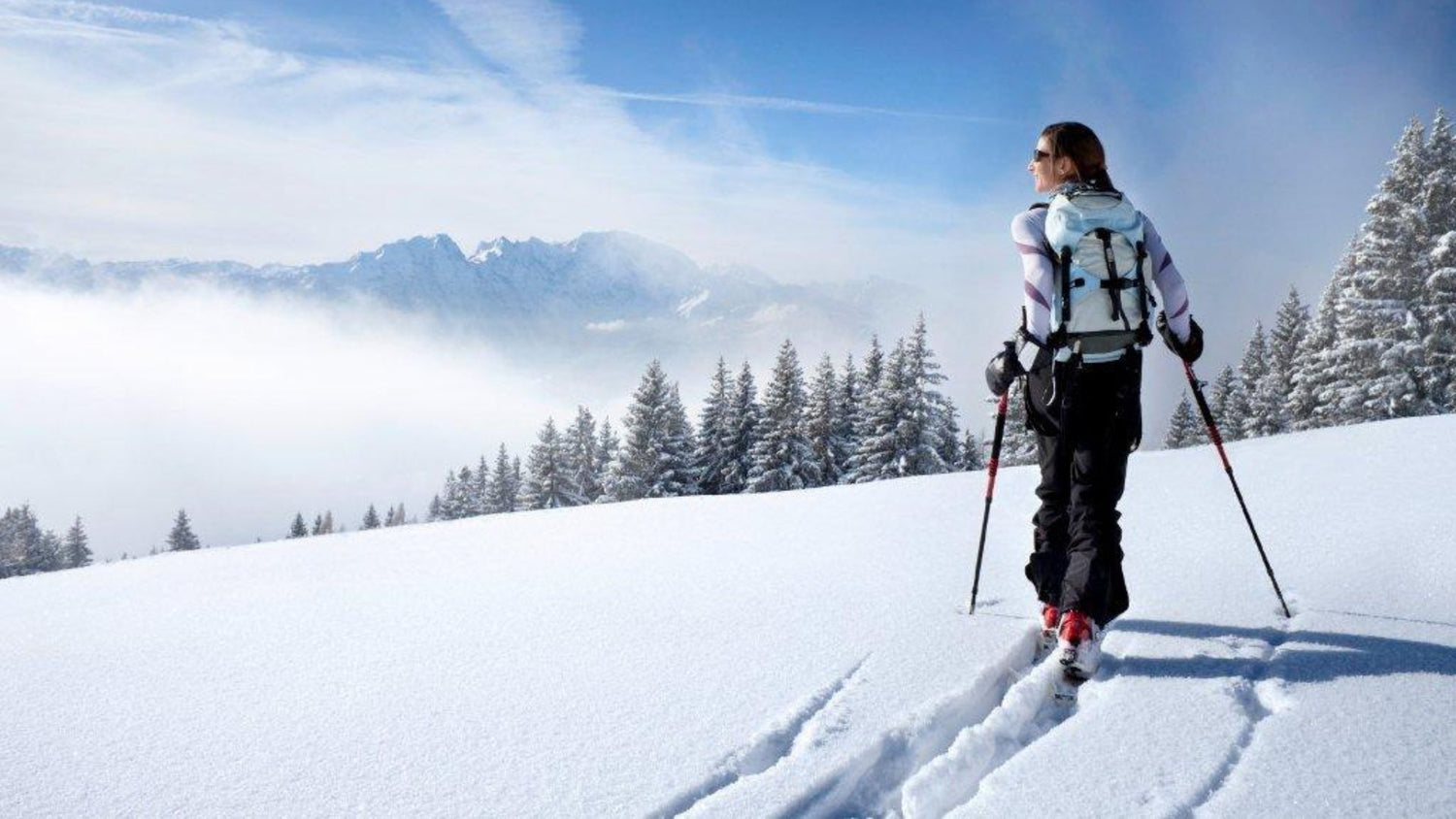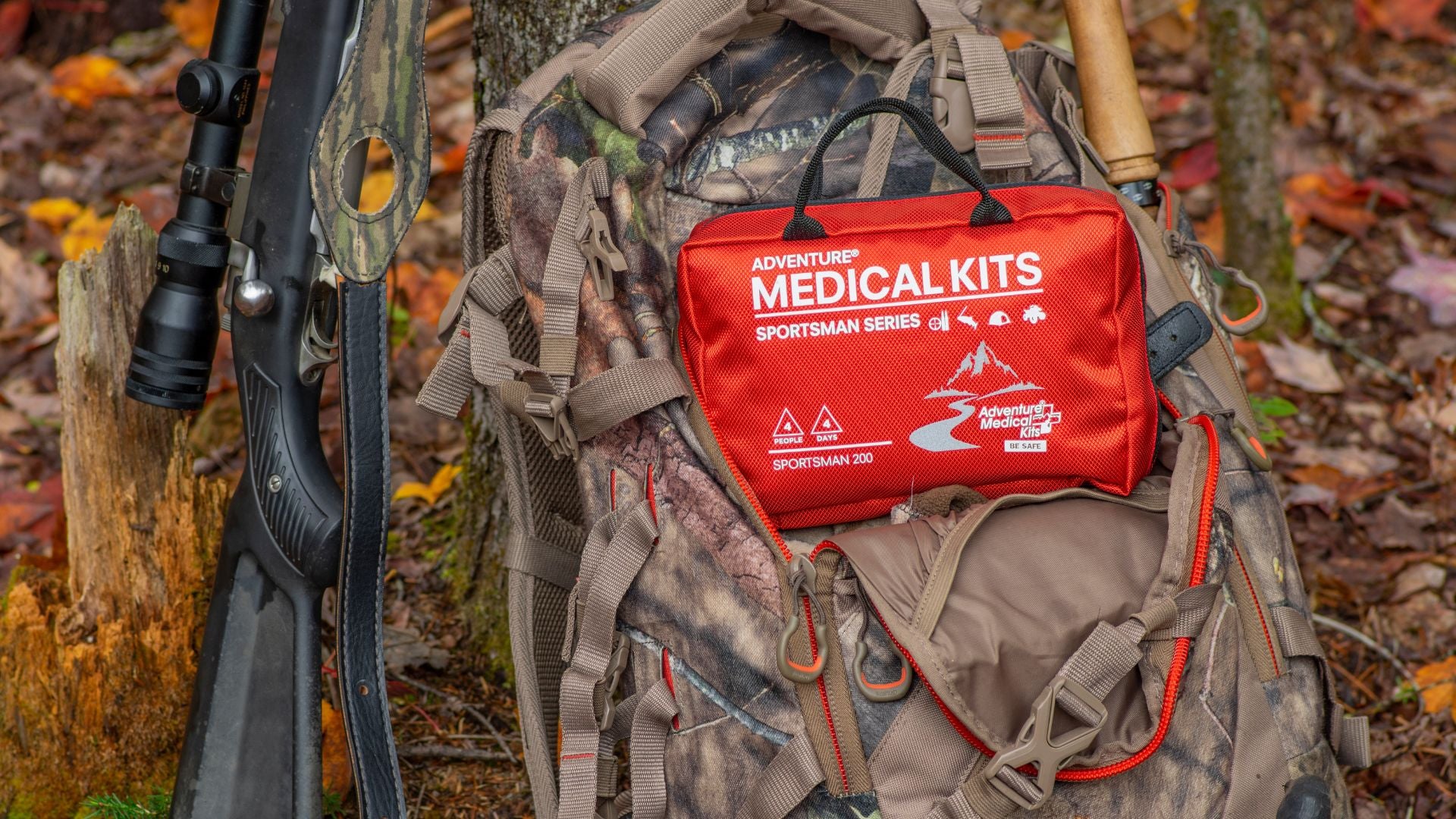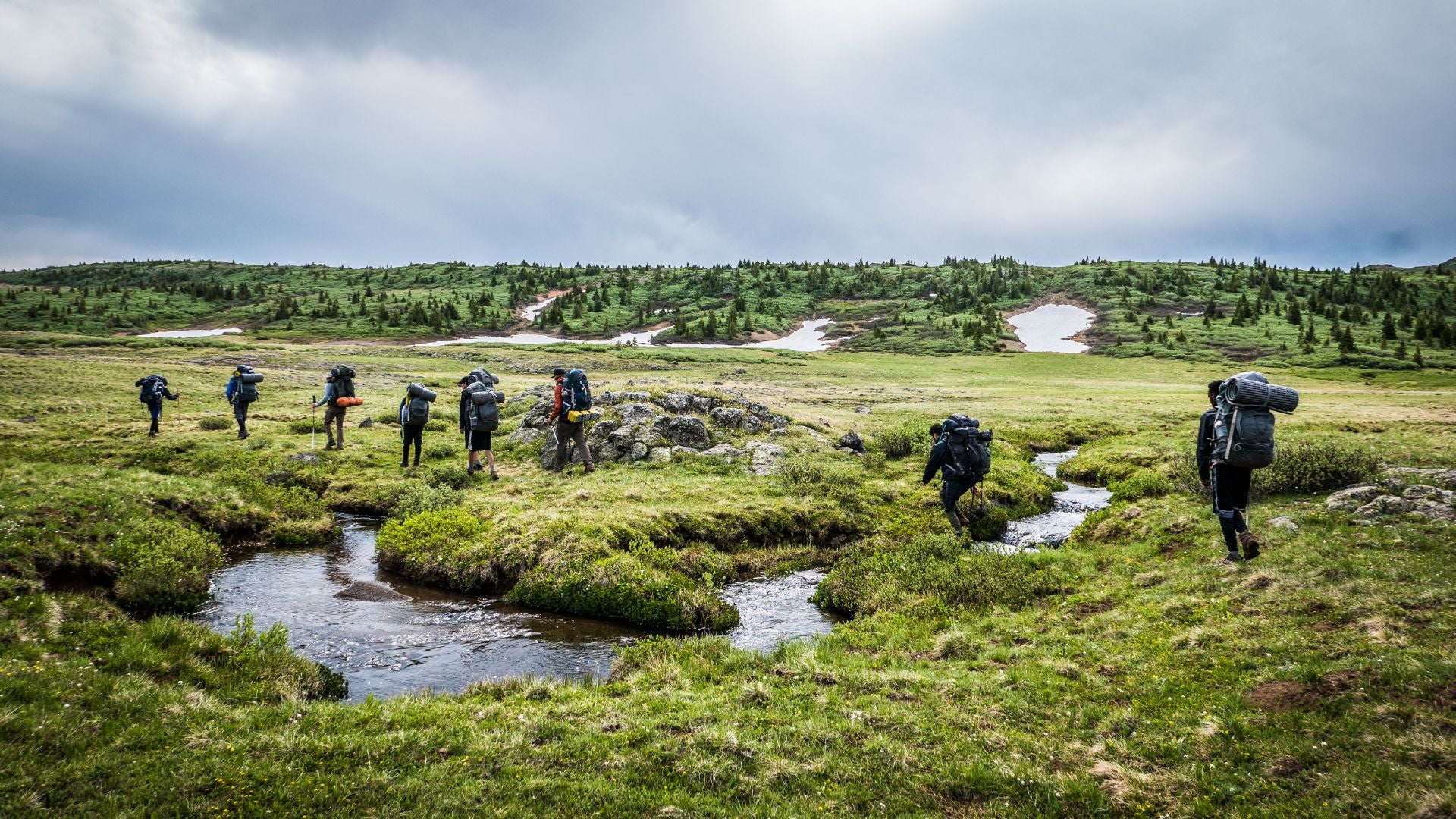By Christopher Van Tilburg, MD
The final week of 2010 was bittersweet for snow sports enthusiasts. Massive storms pummeled the Western mountains in North America with big fat flakes. Skiers and snowboarders flocked to the pow on holiday break. Unfortunately, in a five-day span, five died in deep snow and tree wells. A sixth death occurred just after the New Year. The unlucky were found inbounds, out-of-bounds, and in the backcountry; they were skiers and snowboarders of various skill levels. The two commonalities that link all of their deaths: deep snow and stormy weather.
Although still being investigated, the six deaths in California, Montana and British Columbia were likely caused by snow-related suffocation. This condition, known as Snow Immersion Asphyxiation (SIA) or Non-Avalanche Related Snow Immersion Death, is a little known mountain hazard. Although that may soon change, as mountain resorts and snow sports professionals push to raise public awareness on this issue.
HOW SIA HAPPENS
SIA occurs when skiers and snowboarders fall upside down in deep snow or the cavernous holes around big conifers, can’t right themselves, and suffocate. Death can occur quickly — as fast as 15 minutes. The problem is that if you find yourself stuck in a tree well or snow bank upside down, there just aren’t a lot of great options. It is very difficult, if not impossible, to extricate oneself. Struggling can cause one to sink deeper. Removing skis doesn’t seem to help either.
KEYS TO PREVENTING SIA
The primary key to safety is preparation:
- Always ski and ride trails that are within your skill range.
- Use the proper tool — big powder means big sticks, so choose long wide skis and snowboards, which will provide better flotation and thus better control.
- Employ a buddy system—stay in voice and visual contact, which you should be doing anyway.
If you get sucked into a tree well or fall in deep snow try to tuck, roll, and land upright, grab the tree trunk or a branch, and yell to alert your partner. If buried upside down, stay calm and create an air pocket, which could buy you some precious minutes of oxygen.
Rapid partner rescue is really your only chance of survival. Avalanche safety gear may speed rescue if your location is unknown. The woman who died in British Columbia was found with a beacon, but unfortunately it was too late. Once you have removed the person from a tree well, immediately starting CPR — if they’re not breathing — is vital too. A life was saved in Washington State a few years back when a partner started CPR and rapidly brought a buried, non-breathing skier back from the brink of death. If you don’t have formal CPR training, do Hands-only CPR: push hard and fast on the center of the chest.
For more info on SIA, check out the comprehensive journal paper published recently in Wilderness and Environmental Medicine.
Christopher Van Tilburg, MD, is the editor of Wilderness Medicine and the author of eight books on safety in the outdoors. His most recent book, Mountain Rescue Doctor: Wilderness Medicine in the Extremes of Nature, is now available in paperback.













